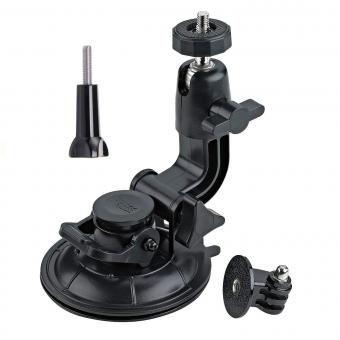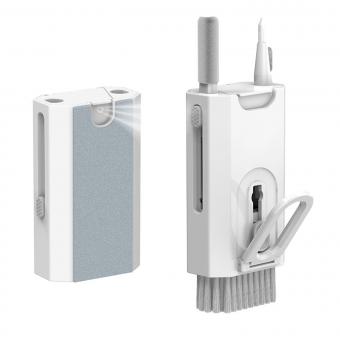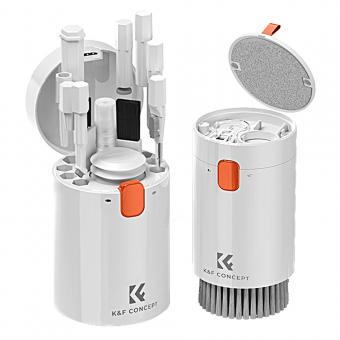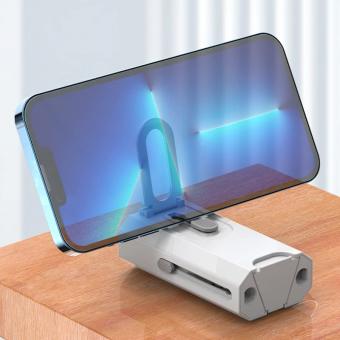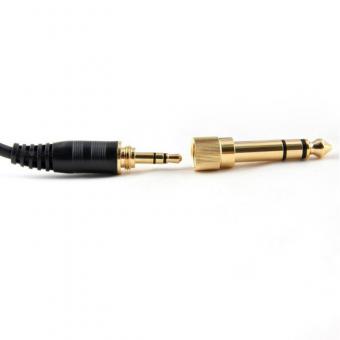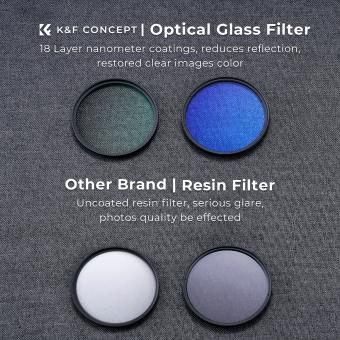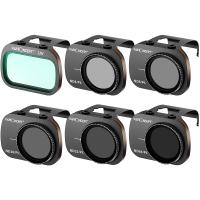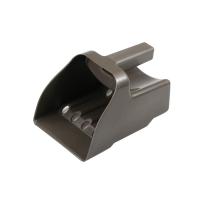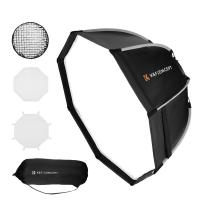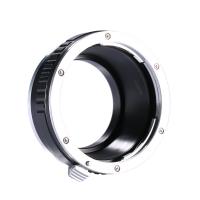How To Clean Nd Filter ?
To clean an ND filter, first, remove any loose dirt or debris with a soft-bristled brush or blower. Then, use a microfiber cloth or lens cleaning solution to gently wipe the filter in a circular motion. Avoid using harsh chemicals or abrasive materials that could scratch or damage the filter. If the filter is particularly dirty or has stubborn smudges, you can soak it in a solution of warm water and mild soap before gently wiping it clean. Be sure to dry the filter thoroughly before using it again.
1、 Use a blower to remove loose debris.
How to clean an ND filter is a common question among photographers who use these filters to capture stunning landscape and outdoor shots. ND filters are essential for controlling the amount of light that enters the camera lens, but they can also attract dust, dirt, and fingerprints that can affect the quality of your images. To keep your ND filter in top condition, it's important to clean it regularly.
One of the easiest ways to clean an ND filter is to use a blower to remove loose debris. This method is effective for removing dust and other small particles that may have settled on the surface of the filter. Simply hold the blower a few inches away from the filter and blow air onto the surface. Be sure to use a clean blower that is free of dust and debris to avoid scratching the filter.
In addition to using a blower, you can also use a microfiber cloth to gently wipe the surface of the filter. Avoid using harsh chemicals or abrasive materials that can scratch the surface of the filter. Instead, use a mild cleaning solution and a soft cloth to gently remove any smudges or fingerprints.
It's important to note that cleaning an ND filter should be done with care to avoid damaging the filter. Always handle the filter with clean hands and avoid touching the surface of the filter as much as possible. With proper care and maintenance, your ND filter can last for years and help you capture stunning images.
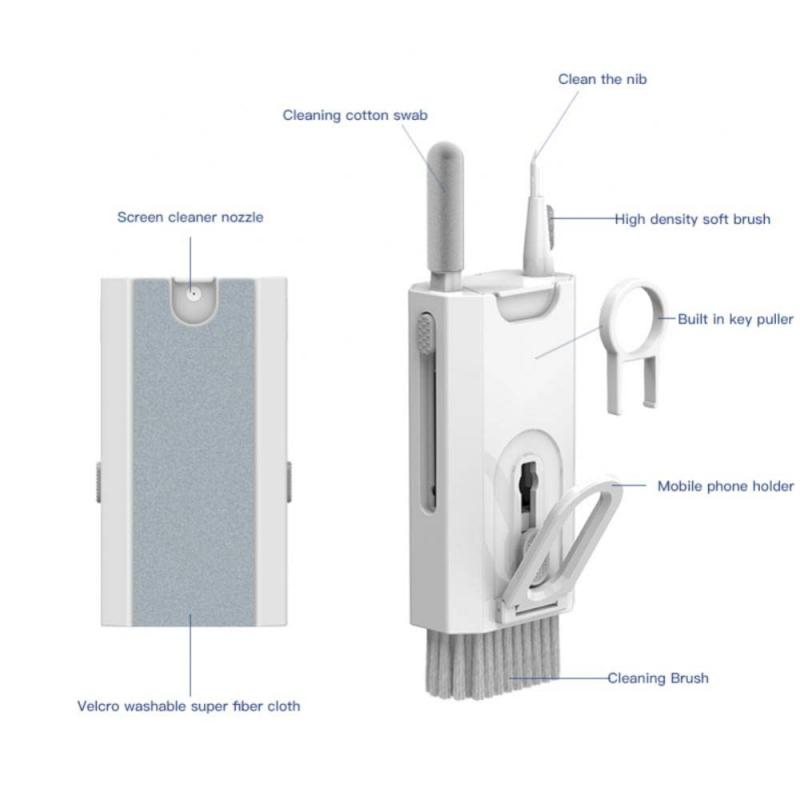
2、 Use a soft-bristled brush to remove stubborn debris.
ND filters are an essential tool for photographers and videographers who want to control the amount of light entering their camera lens. However, over time, these filters can accumulate dust, dirt, and other debris that can affect the quality of your images. Therefore, it is essential to clean your ND filter regularly to maintain its effectiveness.
To clean an ND filter, you will need a few basic tools, including a soft-bristled brush, a microfiber cloth, and a cleaning solution. First, use the soft-bristled brush to remove any stubborn debris from the surface of the filter. Be gentle and avoid using too much pressure, as this can scratch the filter.
Next, use a microfiber cloth to wipe the filter gently. Avoid using any harsh chemicals or abrasive materials, as these can damage the filter. Instead, use a cleaning solution specifically designed for camera lenses and filters.
It is also important to store your ND filter properly when not in use. Keep it in a protective case or pouch to prevent dust and debris from accumulating on the surface.
In recent years, some photographers have also started using ultrasonic cleaners to clean their ND filters. These devices use high-frequency sound waves to remove dirt and debris from the surface of the filter. However, it is important to note that not all filters are suitable for ultrasonic cleaning, so be sure to check the manufacturer's recommendations before using this method.
In conclusion, cleaning your ND filter is an essential part of maintaining its effectiveness and ensuring the quality of your images. By using a soft-bristled brush, a microfiber cloth, and a cleaning solution, you can keep your filter in top condition and avoid any unwanted artifacts in your photos and videos.

3、 Use a microfiber cloth and lens cleaning solution to wipe the filter.
How to clean an ND filter is a common question among photographers who use these filters to control the amount of light entering their camera lens. ND filters are essential for capturing long exposures, reducing glare, and creating shallow depth of field in bright conditions. However, over time, these filters can accumulate dust, fingerprints, and other debris that can affect the quality of your images.
To clean an ND filter, the first step is to remove any loose debris using a blower or a soft-bristled brush. Once you have removed the loose debris, you can use a microfiber cloth and lens cleaning solution to wipe the filter. It is important to use a microfiber cloth as it is gentle on the filter and does not leave any scratches. The lens cleaning solution should be specifically designed for cleaning camera lenses and filters.
When cleaning the filter, it is important to avoid using excessive force or pressure as this can damage the filter. Instead, use gentle circular motions to remove any smudges or fingerprints. If the filter is particularly dirty, you may need to repeat the process several times until it is clean.
It is also important to store your ND filter properly to prevent it from getting dirty. Keep it in a protective case or pouch when not in use, and avoid touching the surface of the filter with your fingers.
In conclusion, cleaning an ND filter is a simple process that can help you maintain the quality of your images. By using a microfiber cloth and lens cleaning solution, you can remove any debris and smudges from the filter without damaging it. Remember to handle the filter with care and store it properly to prevent it from getting dirty.

4、 Avoid using harsh chemicals or abrasive materials.
To clean an ND filter, it is important to avoid using harsh chemicals or abrasive materials. These can scratch or damage the filter, reducing its effectiveness and potentially ruining it altogether. Instead, use a soft, lint-free cloth or a microfiber cleaning cloth to gently wipe away any dirt or smudges.
It is also important to avoid using too much pressure when cleaning the filter. Apply gentle pressure and use a circular motion to remove any dirt or debris. If the filter is particularly dirty, you can use a small amount of lens cleaning solution or isopropyl alcohol on the cloth, but be sure to use it sparingly and avoid getting any liquid on the edges of the filter.
In addition to regular cleaning, it is important to store your ND filter properly to prevent damage. Keep it in a protective case or pouch when not in use, and avoid exposing it to extreme temperatures or moisture.
It is worth noting that some photographers prefer to leave a small amount of dust or smudges on their ND filters to create a unique effect in their photos. However, if you prefer a clean and clear filter, be sure to follow these tips for safe and effective cleaning.



